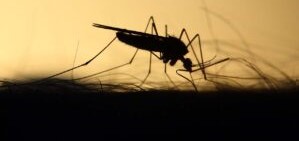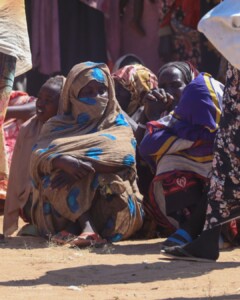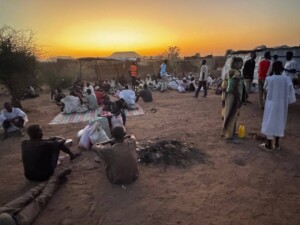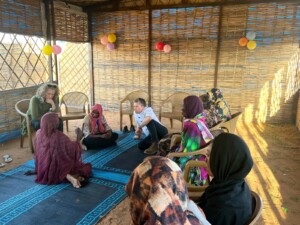Health Ministry: Dengue fever continues to spread around Sudan capital

Mosquitoes are the main vectors for dengue fever (File photo)
KHARTOUM –
Two people have died, and dozens hospitalised, in the latest outbreak dengue fever* in Sudan. Khartoum recorded 1,344 confirmed cases of dengue fever and 2,482 suspected cases in figures released on Monday.
Dr Leila Hamedelnil, Director of the Health Response Department at the Ministry of Health, told Radio Dabanga that the infection cases were concentrated in Umbadda and Karari localities, with more isolated cases in other localities.
She said that the state has recorded two deaths since the outbreak of the epidemic, and 46 cases were admitted to the treatment centre in Omdurman Hospital, all of whom recovered except for two.
The United Doctors’ Office told Radio Dabanga that there has been a significant increase in dengue fever cases in Khartoum state, whilst warning of the ‘terrible deterioration’ of the situation in health institutions.
Adiba Ibrahim, a member of the Unified Doctors’ Office, explained to Radio Dabanga that it is necessary to improve measures to curb the disease and highlighted that there is a severe lack of the simplest aids, such as blood bags, in health institutions at the moment.
Dengue cases have been on the rise in Sudan’s capital for several weeks now. Members of the United Doctors’ Office have previously attributed the dengue fever epidemic in Khartoum and other states to the Ministry of Health’s late response and failure to curb the spread with “sound scientific methods”.
Radio Dabanga reported at the end of last year that dengue statistics in Sudan are hard to measure, and real numbers are likely to be higher, because there is only one laboratory in the whole of Sudan that can confirm vector-borne diseases.
Vector-borne diseases are illnesses caused by parasites, viruses, and bacteria transmitted by ‘vectors’, such as mosquitos or ticks. These diseases include malaria, dengue fever, yellow fever, zika, chikungunya, and Rift Valley fever.
Sudan’s annual rainy season routinely leaves swaths of flood damage. The resulting standing water is a breeding ground for mosquitoes that carry dengue fever and malaria.
Dengue fever, also called dengue haemorrhagic fever, can manifest as severe acute viral infections, usually with a sudden onset of fever, malaise, headache, and myalgia followed by pharyngitis, vomiting, diarrhoea, skin rash, and haemorrhagic manifestations. The outcome is fatal in more than 50 per cent of the cases, the World Health Organisation reports.
Cases of dengue fever and malaria usually increase in Sudan after floods, which allow diseases transmitted by mosquitoes to spread faster as post-flood conditions are ideal for these animals who lay their eggs on the surface of stagnant waters.
These conditions are worsening as climate change is causing the weather to become more extreme in Sudan.











 and then
and then